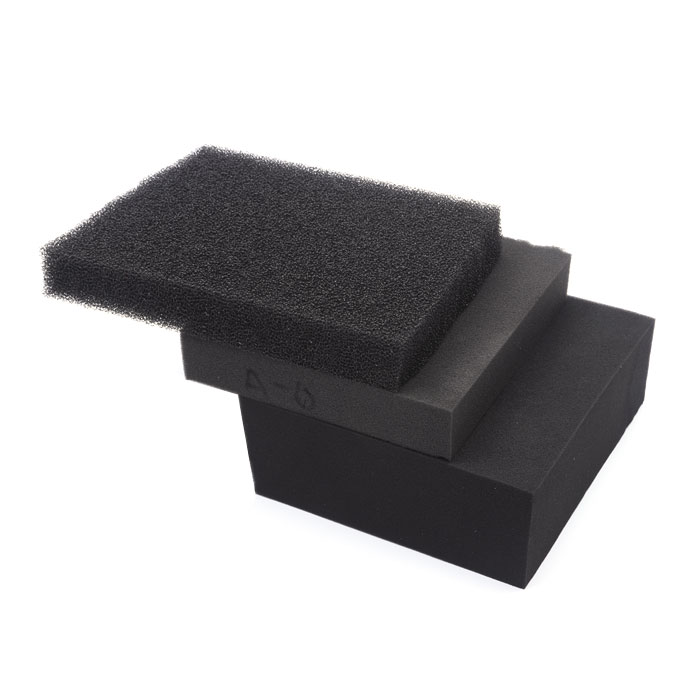The environmental friendliness of polyurethane foam materials is affected by many factors, including their production process, raw material selection, application method and final disposal. Here are some key factors:
1. Raw material selection
Isocyanate type: Different types of isocyanates have different toxicity and environmental impacts. MDI is relatively less toxic and has better environmental performance.
Polyol: The use of polyols from natural sources can reduce the environmental impact of the material.
2. Blowing agent
Volatile organic compounds: Traditional blowing agents have a destructive effect on the ozone layer. Modern polyurethane foam materials usually use water or low GWP blowing agents.
Environmentally friendly blowing agents: If natural gas or water is used as a blowing agent, the environmental impact can be greatly reduced.
3. Production process
Energy consumption and emissions: Energy consumption, waste gas and wastewater emissions in the production process will affect the environment. Efficient production processes can reduce these effects.
Chemical reaction control: Ensuring the integrity of chemical reactions and reducing the release of unreacted products can help reduce the impact on the environment.
4. Service life
Durability: The long service life of polyurethane materials reduces the frequency of product replacement, thereby reducing resource consumption and waste generation.
Maintenance and repair: Easy-to-maintain materials can extend the service life and reduce waste.
5. Waste management
Recycling and reuse: The recycling technology of polyurethane foam materials is still under development. Choosing recyclable polyurethane materials can help reduce environmental impact.
Incineration and landfill: The incineration of polyurethane may release harmful gases, so the incineration conditions need to be strictly controlled. Landfill may cause long-term environmental pollution.
6. Regulations and standards
Environmental regulations: Compliance with national and regional environmental regulations and standards can encourage manufacturers to adopt more environmentally friendly materials and processes.
Certification and labeling: Environmental certification can help consumers choose environmentally friendly materials.
7. Application areas
Construction and automobiles: Applications in these fields usually need to consider energy saving and insulation performance. The use of environmentally friendly materials can further reduce energy consumption and emissions.
Household items: When using polyurethane foam materials in household items, it is also important to pay attention to its impact on indoor air quality.
In summary, the environmental performance of polyurethane foam materials is affected by many factors. By optimizing material selection, production process and waste management, its environmental performance can be effectively improved.


